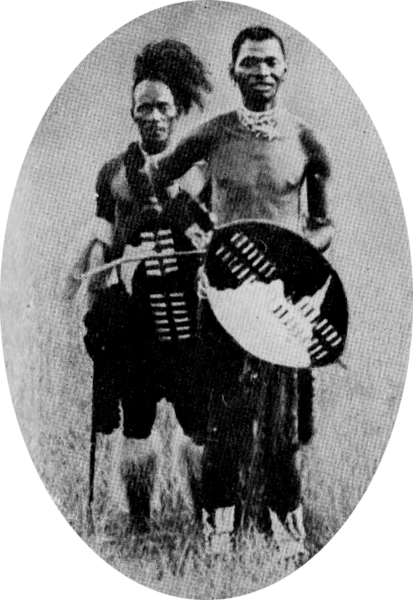This Day in History: April 19, 1906
Additional Date: April 19, 1906
The Bambatha Rebellion took place near Greytown in KwaZulu-Natal. The first signs of discontent started at the end of 1905, when government introduced a new £1 poll tax on top of existing hut and dog taxes. After the Second Anglo-Boer War and before the unification of South Africa mining companies suffered from a shortage of unskilled labour. Most African people lived off the land as farmers, tenants on White farms or in reserves created by the colonial government. The tax was instituted to force Blacks from rural areas to the cities to fulfil the labour needs of mines. In 1906 a group of Zulus under leadership of Chief Bambatha refused to pay the tax. A White farmer in the Camperdown district was murdered in January and when some Zulus began killing off their white-coloured animals and destroying European-made tools, Whites realised that an uprising was imminent. After the murder of two policemen, martial law was declared and soldiers sent in. Huts of suspected rebels were burned, their possessions taken and a violent rebellion started. Over 7,000 British troops were called out to suppress the Zulu aggression and 4 000 rebels died. The Bambatha Rebellion marked the end of African resistance to colonial rule for nearly fifty years. The number of Zulu males working on the Witwatersrand mines increased to 60% and by 1909, 80% of all males in Zululand were migrant labourers working away from home. Click here for a special feature about Bambatha Rebellion
